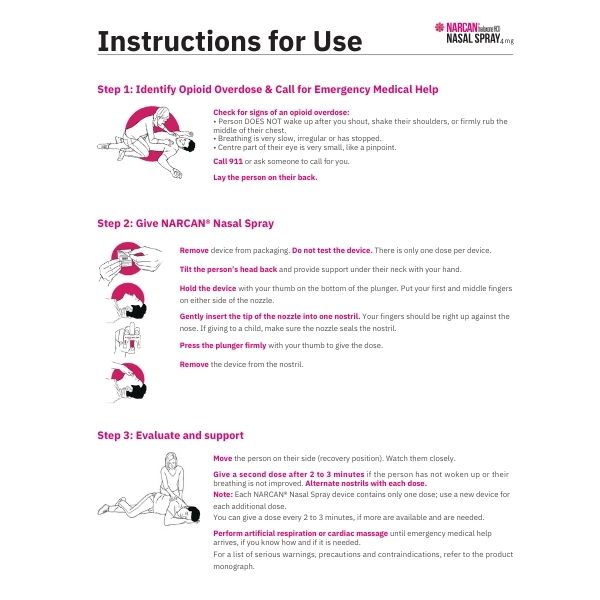
Understanding Naloxone
Naloxone is an opioid antagonist medication utilized to counteract the effects of opioid drugs, particularly in the case of overdoses, which are becoming a leading cause of death globally. It works by binding to μ-opioid receptors, swiftly reversing the effects of other drugs bound to these receptors.
Opioid overdose can lead to severe symptoms such as respiratory depression, decreased heart rate, slurred speech, fatigue, and pinpoint pupils, potentially progressing to vomiting, cardiac arrest, and death if left untreated. Naloxone is crucial for rapidly reversing these effects of central nervous system depression resulting from opioid overdose.
Administration and Effects
When administered intravenously, Naloxone typically takes effect within 2-3 minutes. Importantly, if injected into someone not using opioids, it has no discernible effects. However, in cases of opioid overdose, Naloxone swiftly reverses opioid effects, enabling the individual to respond to withdrawal symptoms promptly.
Monitoring and Follow-Up
Due to its short duration of action, individuals administered with Naloxone should be closely monitored for responsiveness. Further doses may be necessary, or they may need to be transported to a medical facility for additional care.
